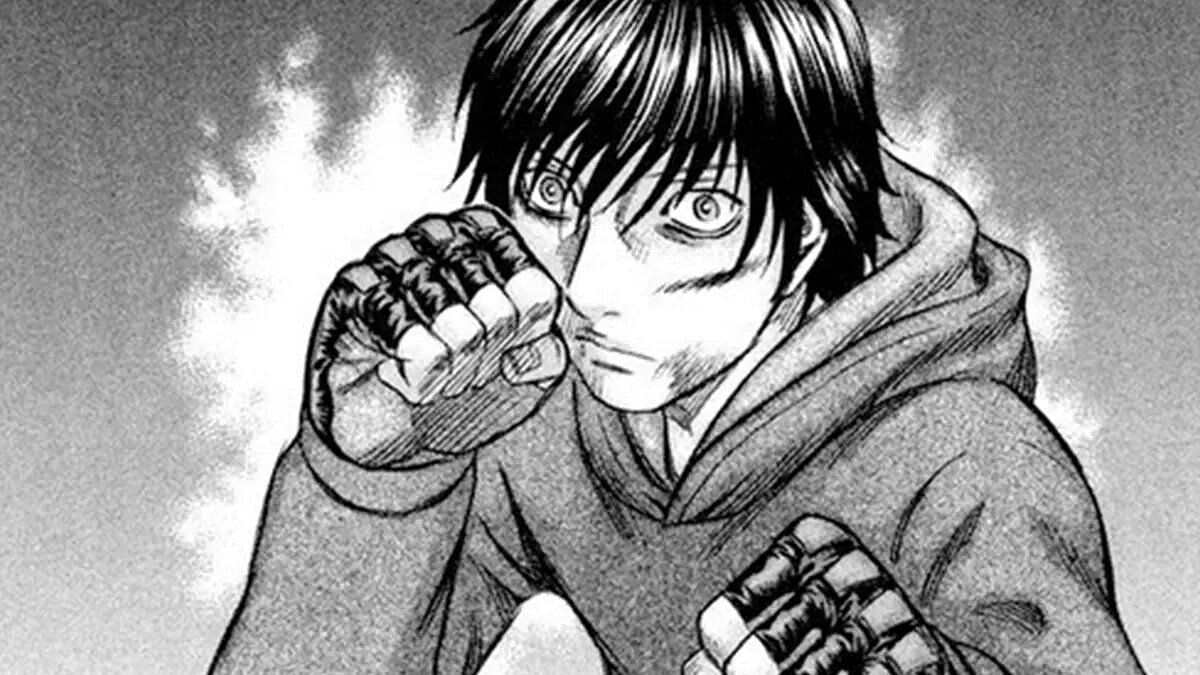Holy Land Manga throws you headfirst into a genre blending religious themes, epic adventures, and captivating art styles. It’s not your grandma’s Sunday school – think intense character arcs, awesome battles, and deep dives into faith, all wrapped up in a totally unique manga package. Forget what you think you know about manga; this is something else entirely.
This genre explores diverse interpretations of spirituality and religious beliefs, often using historical events and figures as backdrops for thrilling narratives. Expect to see familiar archetypes reimagined, pushing the boundaries of traditional storytelling and creating truly unforgettable characters. Get ready for a wild ride!
Holy Land Manga: A Deep Dive
Yo, manga heads! Let’s dive deep into the world of Holy Land manga – a genre that’s way more than just your average shonen brawl. We’re talking faith, struggles, and epic journeys, all wrapped up in a unique artistic style. Get ready to explore the themes, characters, and art that make this niche genre so captivating.
Defining “Holy Land Manga”
Holy Land manga, while lacking a strict, universally accepted definition, generally refers to manga that centers around religious themes, often focusing on the experiences and struggles of individuals within specific religious contexts, usually Christianity or Judaism. It often involves journeys of faith, spiritual growth, or confronting religious dogma. The term encompasses a wide range of interpretations, from stories of devout faith to explorations of doubt and conflict within religious frameworks.
Unlike typical battle shonen, the “battles” are often internal struggles of faith or external conflicts related to religious beliefs or persecution.
Popular Themes and Tropes in Holy Land Manga
Recurring themes frequently weave their way through Holy Land manga narratives. These themes often revolve around the search for meaning, grappling with faith in the face of adversity, and exploring the complexities of religious belief systems. The portrayal of religion is nuanced, showing both the inspiring and challenging aspects of faith. Historical events and religious figures might be depicted realistically or reimagined creatively, depending on the specific manga.
Common tropes include pilgrimages, miracles (or perceived miracles), encounters with religious figures, and the internal conflicts of faith.
Character Archetypes in Holy Land Manga

Holy Land manga often features distinct character archetypes, reflecting diverse perspectives on faith and belief. These archetypes often represent different stages of spiritual growth or embody conflicting viewpoints within a religious context.
| Archetype | Motivation | Relationships | Character Arc |
|---|---|---|---|
| The Doubting Believer | Seeking proof of faith, grappling with doubt and personal struggles. | Often isolated initially, but forms connections with other characters who help them grow. | From questioning faith to finding personal strength and understanding. |
| The Devout Follower | Upholding religious principles, seeking to live a righteous life. | Strong ties to religious community, potentially mentors or those they guide. | Facing challenges to their faith, solidifying their convictions, or possibly encountering moral dilemmas. |
| The Seeker | Searching for spiritual truth and meaning, often through journeys or trials. | Meets a variety of characters who offer different perspectives and challenges. | A transformation from uncertainty to a deeper understanding of themselves and their beliefs. |
Examples could include characters who embody unwavering faith despite persecution, or individuals wrestling with their faith amidst societal pressures.
Artistic Styles and Visual Elements
The artistic style of Holy Land manga varies, but often employs symbolic imagery and visual metaphors to convey spiritual themes. Color palettes might be used to evoke specific moods or emotions related to faith. Panel layouts can be used to emphasize key moments of revelation or spiritual insight. The use of light and shadow might symbolize the presence or absence of divine grace.
- Symbolic use of light and darkness
- Intricate detail in religious iconography
- Dynamic panel layouts reflecting emotional intensity
- Use of color to represent spiritual states
- Stylized depictions of religious spaces and artifacts
These artistic choices work together to create a visually compelling narrative that reinforces the themes of faith, doubt, and spiritual journeys.
Browse the multiple elements of best ecchi manga to gain a more broad understanding.
Cultural and Social Impact of Holy Land Manga
Holy Land manga can have a significant cultural impact by fostering discussions on faith, belief, and cultural identity. The genre can challenge societal norms and offer alternative perspectives on religious issues. Representations of different cultures and regions within the narratives can promote cross-cultural understanding and appreciation. By engaging with diverse religious perspectives, Holy Land manga can encourage dialogue and reflection on complex issues of faith and spirituality.
Holy Land Manga isn’t just another genre; it’s a cultural phenomenon, exploring complex themes through stunning visuals and compelling narratives. From the diverse character archetypes to the unique artistic styles, this manga genre leaves a lasting impact, prompting reflection on faith, identity, and the power of storytelling. So, ditch the textbooks and dive into a world where faith and adventure collide – you won’t regret it!


